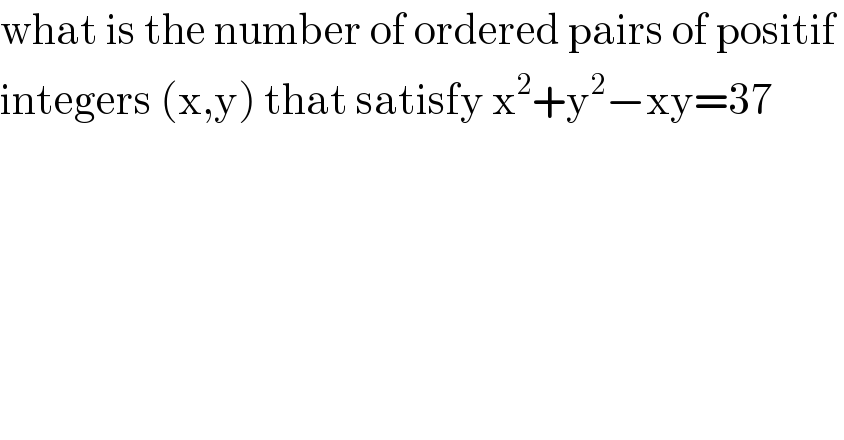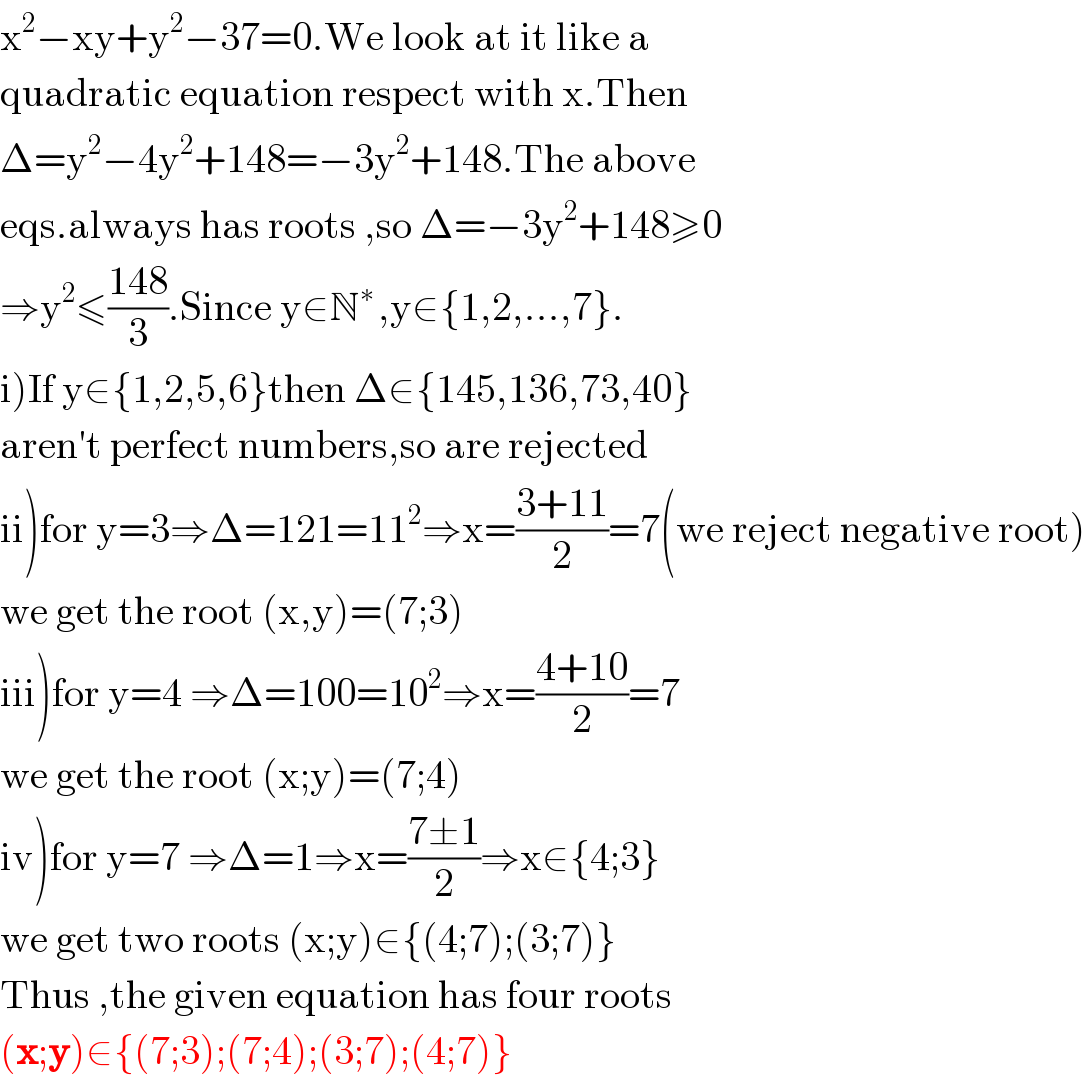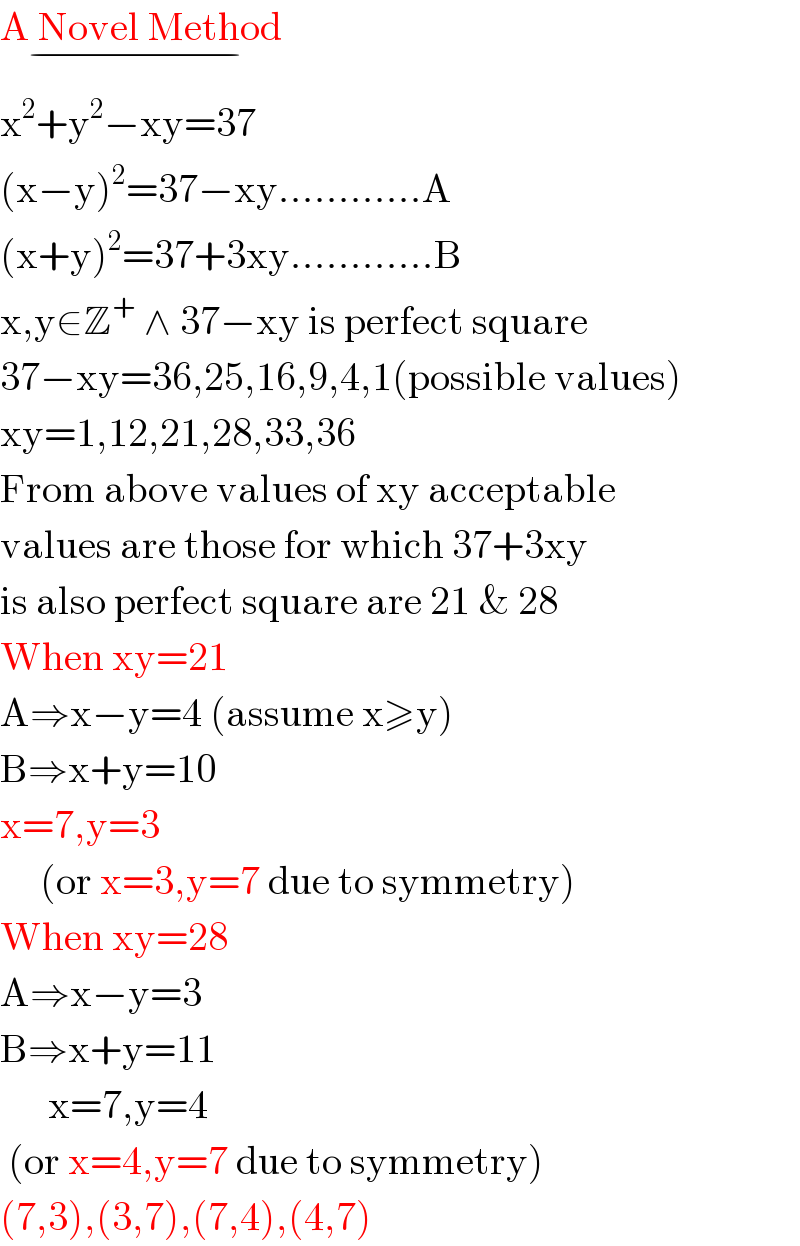
Question and Answers Forum
Question Number 100178 by bobhans last updated on 25/Jun/20

Answered by 1549442205 last updated on 25/Jun/20

Commented by bemath last updated on 25/Jun/20

Commented by 1549442205 last updated on 25/Jun/20

Answered by Rasheed.Sindhi last updated on 25/Jun/20

Commented by mr W last updated on 25/Jun/20

Commented by bobhans last updated on 26/Jun/20

